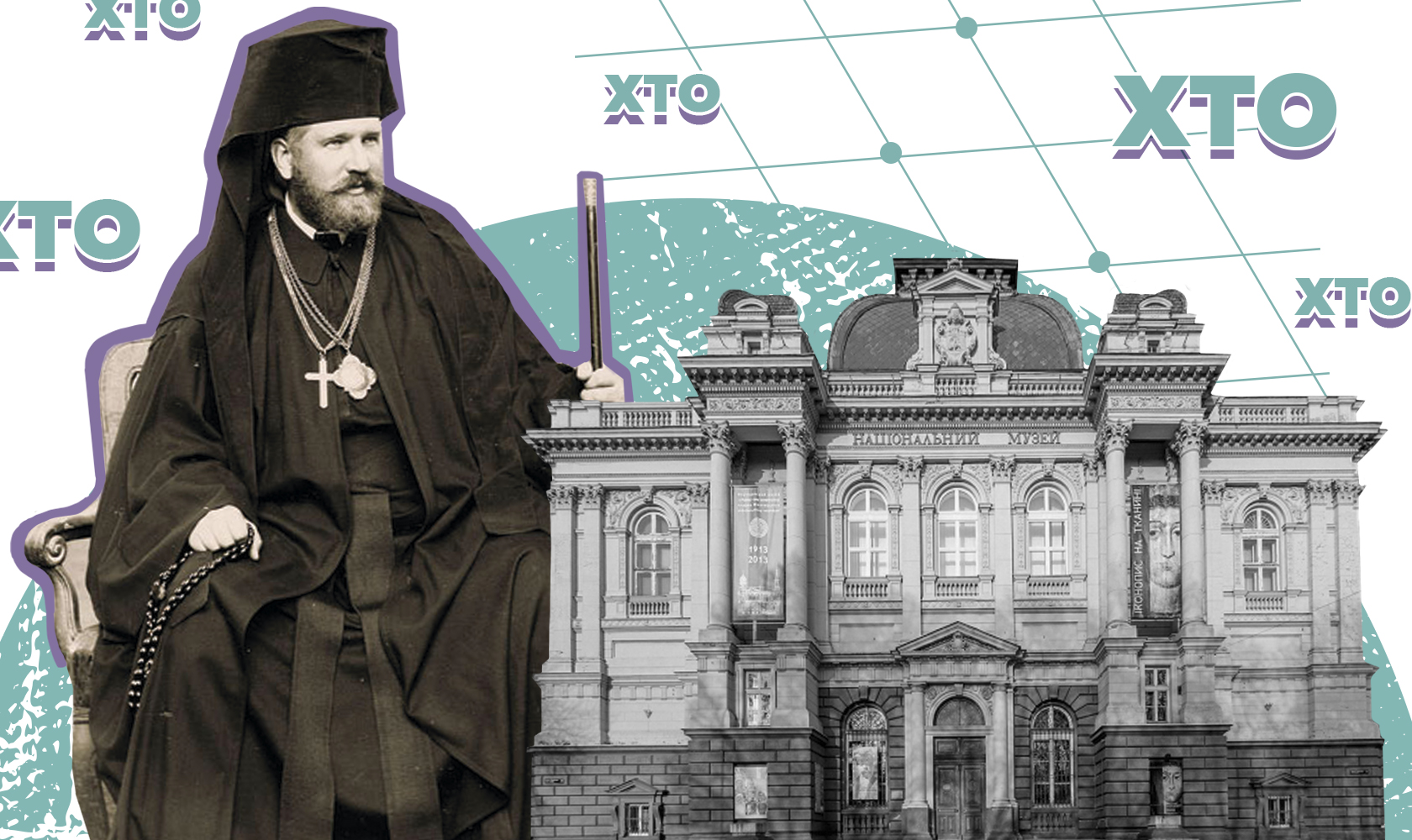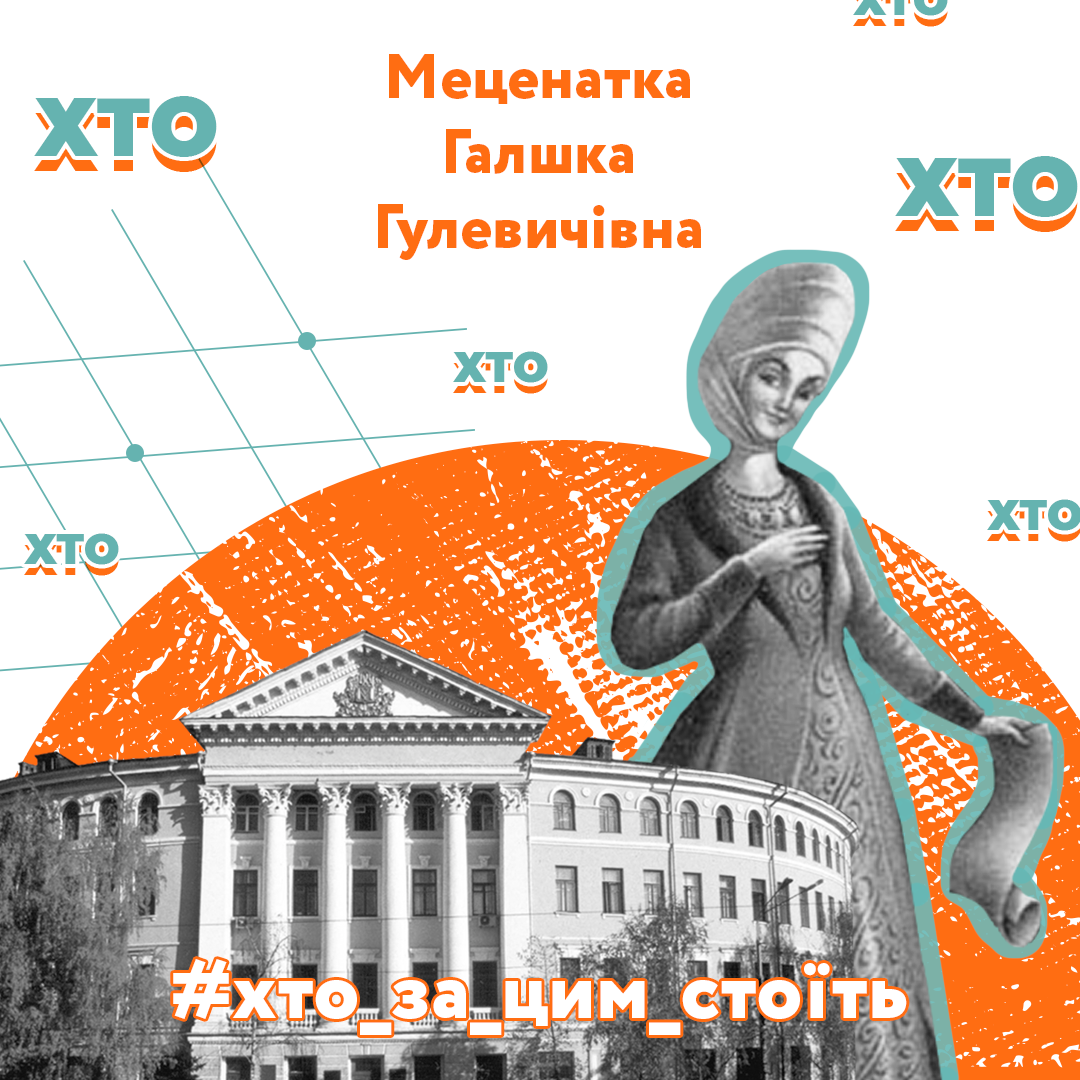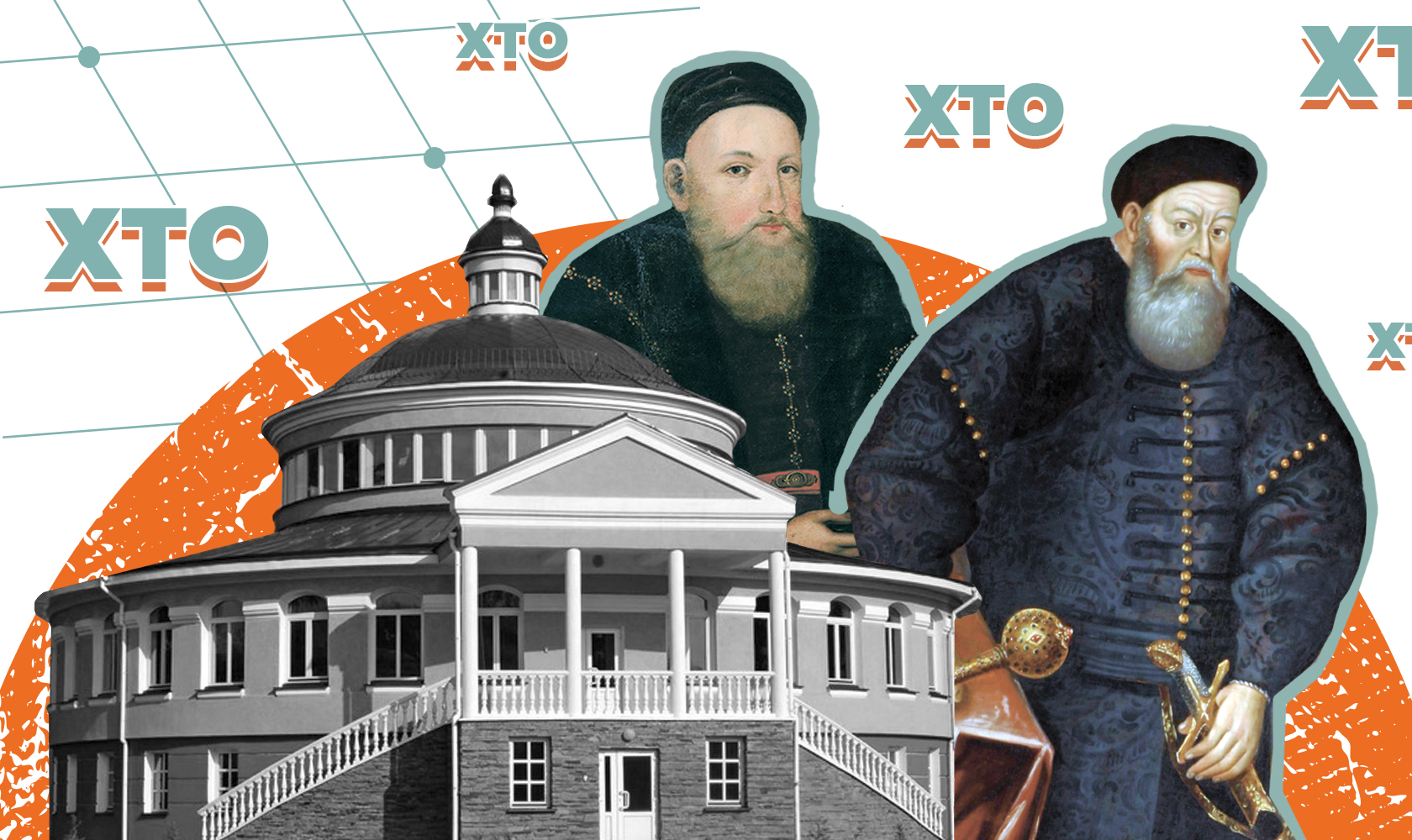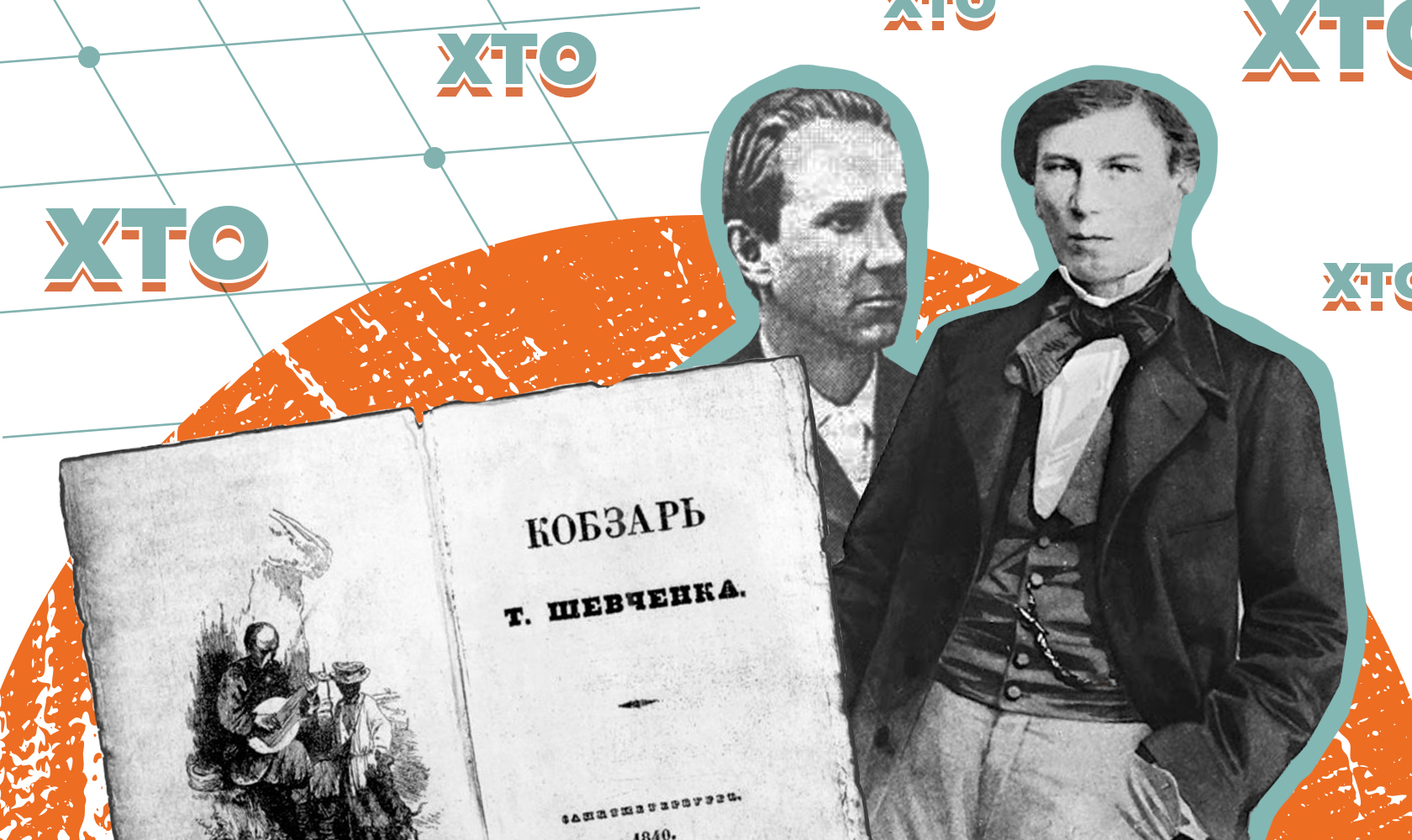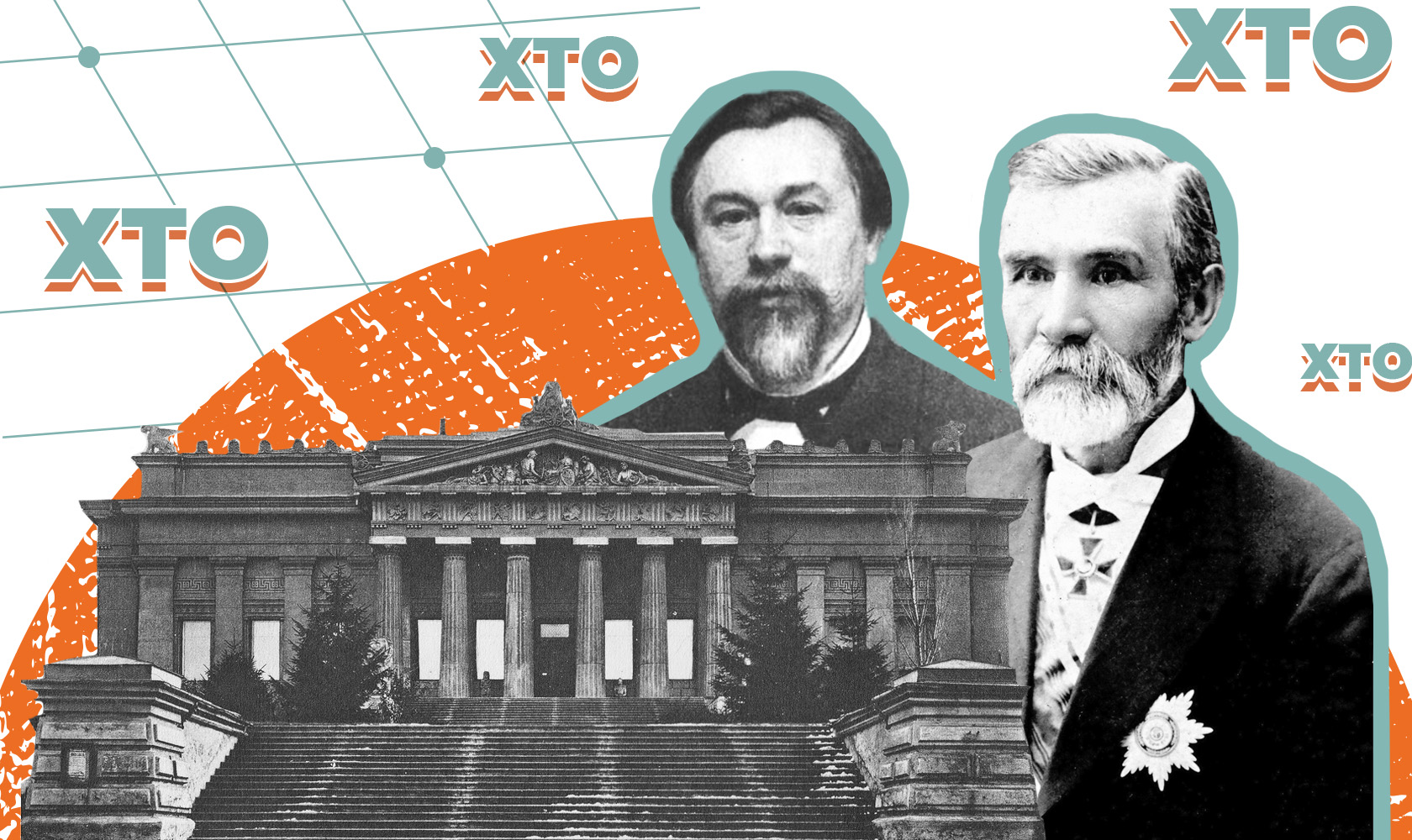Andrei Sheptytsky is one of the most outstanding spiritual leaders in the history of Ukrainian people. He led the Greek Catholic Church for almost 45 years, from the boom in Ukrainian national development in the early 1900s to Nazi occupation and the establishment of Soviet rule in the 1940s.
For many decades, Metropolitan Archbishop Sheptytsky was the benefactor of culture – for example, he founded the National Museum in Lviv. He supported Ukrainian science, he was a patron of education, sponsored artists, supported the press and helped the poor.
We are telling how the most famous Ukrainian Metropolitan patron lived and what we remember about him.
French-speaking count, Greek Catholic priest
Sheptytsky came from a wealthy count’s family. The paternal ancestors belonged to the ancient Ukrainian boyar family, but later became Polonized and converted to the Roman Catholic church rite. Andrei Sheptytsky’s mother came from a noble Polish family.
Roman Sheptytsky was born in 1865 (he adopted the church name Andrei when he became a monk) in a family estate near Lviv, which was then part of the Austro-Hungarian Empire. At that time, the family of the future benefactor was one of the richest in Galicia. Roman received a prestigious education, including a Doctor’s degree in law from the Jagiellonian University.
Coming from a family of counts who followed the Roman Catholic rite and spoke French in everyday life, he did not look seem a very likely candidate for the role of Greek Catholic Metropolitan Archbishop. However, as Roman said, from an early age he felt called to “return to the faith of his ancestors” and become a priest of the Greek rite. Despite his father’s objections, he fulfilled his wish and after graduating from Jagiellonian University became a monk of the order of St. Basil the Great.

45 years of Sheptytsky’s leadership
The young monk’s career developed rapidly. In 1892, he became a priest, and in 1896, the abbot of Lviv monastery of St. Onuphrius. Three years later, Sheptytsky became the Bishop of Stanislav, and a little over a year later, in 1900, the Metropolitan of Halych and Archbishop of Lviv – that is, the head of Ukrainian Greek Catholic Church. At that time, Andrei Sheptytsky was 35 years old.
The Metropolitan Archbishop remained the head of the Greek Catholic Church for almost 45 years – from the beginning of 1901 until his death in late 1944. During this period, he became perhaps the largest benefactor in Western Ukraine. Sheptytsky successfully combined the family’s wealth, entrepreneurial skills, reputation, and organizational strength of the church to support hundreds of charitable initiatives
Benefactor of art and education
First of all, Sheptytsky as a benefactor was remembered for supporting culture. His love for art was hereditary – his father collected art, and the family of the future Metropolitan made sure that their son received a good education in the arts.
In 1905, Andrei Sheptytsky founded a private church museum in Lviv, which in 1913 he presented to the “Ukrainian people.” He bought a new building for the collection at his own expense and continued to finance its development, regularly acquiring new exhibits.
Sheptytsky’s reverential attitude to art is exemplified in how he approached the museum management. According to researcher Liliana Hentosh, the Metropolitan “personally managed the policy of acquisitions, such as the purchase of Belarusian old prints, manuscripts and church objects.” Over the century, the foundation has evolved – now the National Museum in Lviv is one of the most famous art museums in Ukraine.
Sheptytsky also provided assistance to young artists and financed scholarships for art education abroad. His funds was used to purchase the building where Oleksa Novakivsky’s art school was located. For a long time, the Metropolitan supported Novakivsky himself and his students.
Mykola Holubets, a contemporary of the Metropolitan, Lviv historian and art critic, wrote,
“We cannot imagine what modern art of the Galicia would look like if a man with ambitions [of Medici] and a pocket ready for support was not found on St. George’s Hill.”
According to the researcher, the support of Ukrainian art at a time when it was just being revived was one of the greatest merits of the Metropolitan.
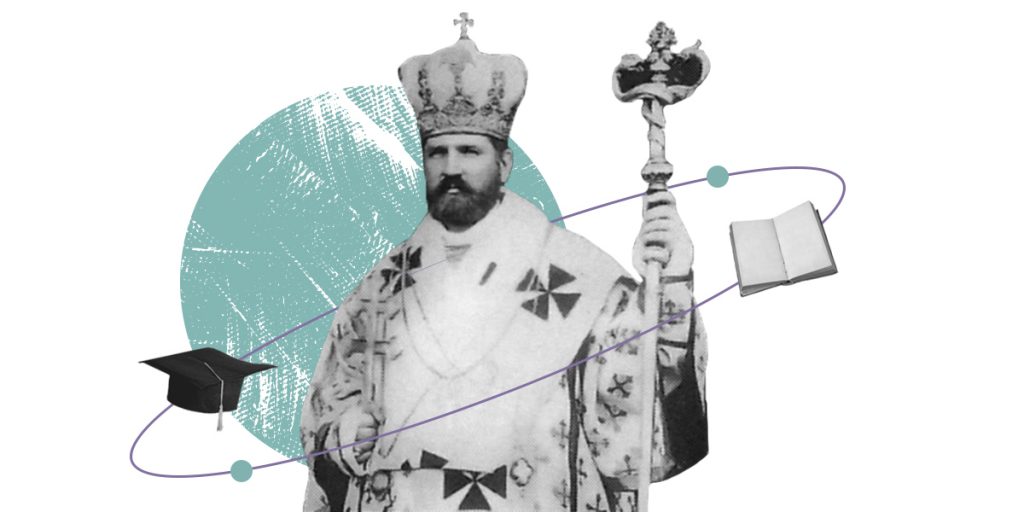
Another important area of charitable activity was the support of education and science. In addition to the already mentioned scholarships, the Metropolitan helped the activities of the cultural and education societies Prosvita (Education) and Ridna Shkola (Native School), as well as spent money on the creation or maintenance of a number of schools, gymnasiums and orphanages. In 1928, he became the initiator of the creation and one of the benefactors of Lviv Theological Academy.
In 1903, Sheptytsky founded the People’s Hospital and supported its development for several decades. He was also known for helping the poor, and during World War II, he used his own resources to hide Jews who sought help from the church. Sheptytsky organized the rescue of about 150 Jews from death during the Holocaust.
Between two regimes
Sheptytsky’s long life was rich in geopolitical turbulence: two world wars, the fall of the Austro-Hungarian Empire and regime change. During World War I, the Metropolitan was arrested and sent into three-year exile by Russian troops occupying Galicia. However, the most difficult period came with the beginning of World War II, when Galicia was occupied first by Soviet troops and later by the Nazis.
Sheptytsky died in 1944 in Lviv. This happened shortly after the liberation of the city from the Nazis – and before the establishment of Soviet power, which two years later “liquidated” the Greek Catholic Church and was oppressing its followers for almost 45 years.
During the Soviet period, Greek Catholicism was active in the diaspora, but in Ukraine, the church could only operate underground. Only with the collapse of the USSR and Ukraine’s independence the official Ukrainian Greek Catholic Church, which Andrei Sheptytsky developed all his life, was restored.
The campaign about Ukrainian benefactors “Who stands behind this?” is created by Zagoriy Foundation in partnership with bit.ua. The material on the partner resource is posted at the link.

